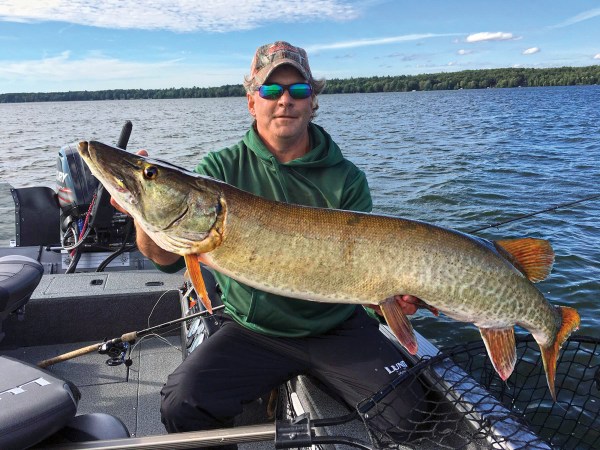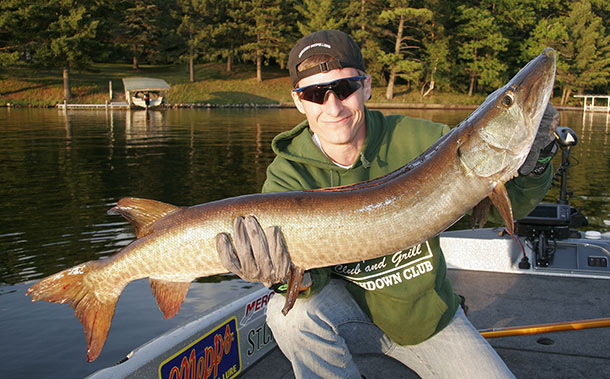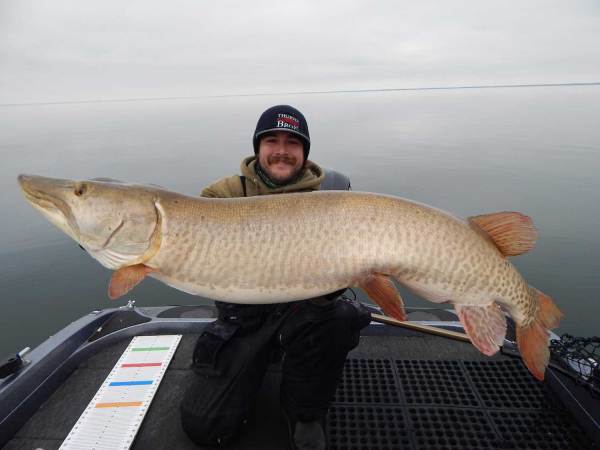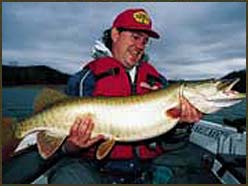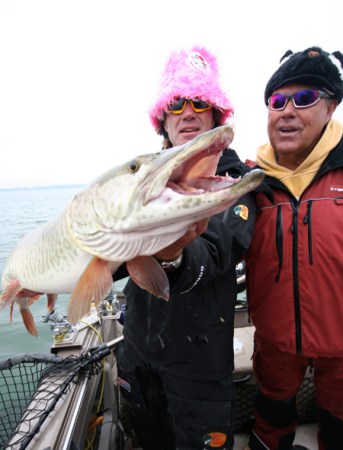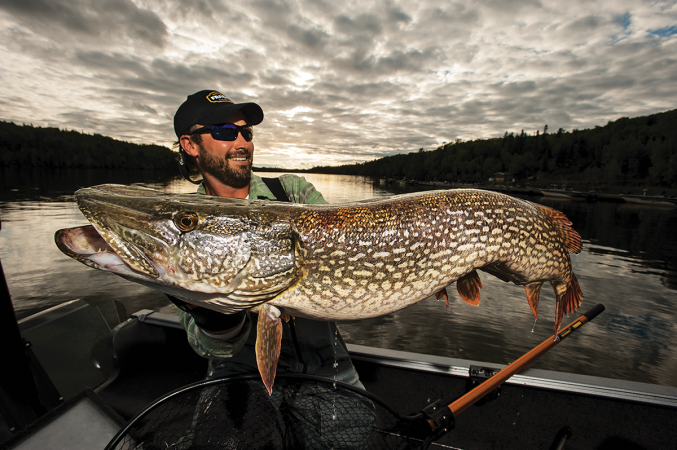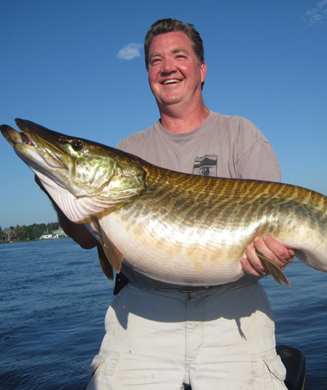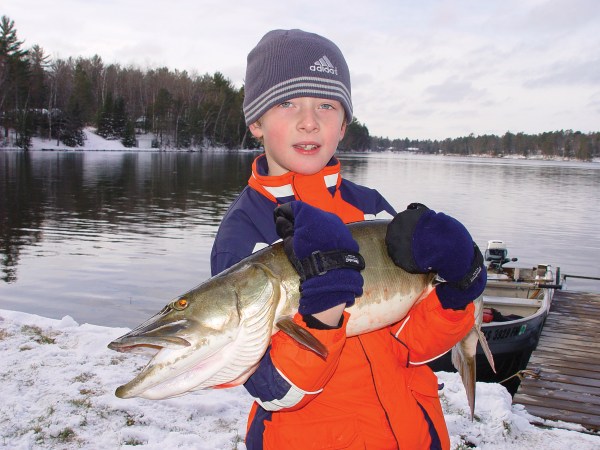In November, most Wisconsin sportsmen are sitting in deer stands, waiting for a big buck to make a mistake. But Steve Heiting is perched in his boat, hoping for the season’s biggest muskie to give him a ride around the lake. “You can catch a big muskie in any phase of the season,” says Heiting, a muskie expert, guide and current editor of Musky Hunter magazine. “But your odds for a really big fish are better in November.”
According to Heiting, two factors are responsible for November’s reputation as a big-fish producer. “Part of it is just diet; the fish are at their heaviest weights of the season, having had all summer to eat. The other factor is that many forage fish species are spawning and gathering in very specific habitats. And of course the muskies follow.”
To target such monsters, Heiting focuses on specific habitats. “Most lakes turn over during the fall and that colors the water and serves as overhead cover; the fish often go to shallow weed edges and along downed timber near shore. As the water clears, they’ll usually head back toward the primary breakline right off the weed edge. When baitfish spawn, muskies follow them into the shallow water. The more you understand these natural cycles, the more successful you’ll be.”
Knowing a lake’s forage fish is another key, according to Heiting. “Most muskie anglers look at the sucker as the McDonald’s cheeseburger of baits,” he quips. “But in a lake full of ciscoes and whitefish, a sucker is a booby prize; a muskie might grab a sucker, but he’ll spit it out in a hurry.”
Many fishermen use live bait to tempt fall muskies, and Heiting urges them to use quick-set rigs, which allow an immediate hookset after the take.
Consequently, Heiting prefers to pitch artificial baits imitating forage fish. “Willow-leaf-bladed bucktails are good, as are crankbaits like the Bucher Depth Raider. But some of the better fall baits are jerkbaits and plastics like a Reef Hawg, a Bull Dawg or a Suick, especially if fish are in or along weed edges. I like to use an erratic retrieve, with twitches and drops to imitate a wounded baitfish.”
BEEFY TACKLE
Not surprisingly, tackle for fall muskies should be stout. “I like a seven-foot six-inch rod from St. Croix’s Premier or Avid series and a Shimano Calcutta CT400 bait-casting reel loaded with one-hundred-pound-test Power Pro line,” Heiting says. “It’s heavy line, but it’s got the diameter of twenty-pound-test mono. Besides, you’re dealing with heavy fish hanging near rocky, sandy structure. There’s no chivalry in breaking off a fish; if you hook it, get it in the boat so you can release it.”
While fall is often touted as trophy hunter’s time, Heiting says it’s prime for any Esox. “If you just want to catch muskies, you can have fun at any good lake. If you want a real monster, target lakes with lower populations and a great forage base. Then it’s just a matter of getting your baits in the right spots and waiting for good things to happen.” For Heiting, that’s a lot more exciting than sitting in a deer stand.
THAT’S A MOUTHFUL
You want big fish? You need to throw big lures. These three are proven in Midwest muskie waters. From top to bottom:
CISCO KID 1810 SUPER HUSKY: This venerable deep-diver is pictured here in perch. It measures 9 1/2 inches and weighs 3 5/8 ounces.
SUICK SUPER 10: This 10-inch lure’s tail can be adjusted to alter its diving depth.
MUSKY INNOVATIONS BULL DAWG: Twelve inches and 6 ounces of plastic fury, the Bull Dawg can be used as a crankbait, jerkbait or jig.
For more regional information, go to www.outdoorlife.com/regional

